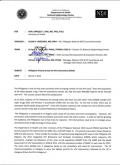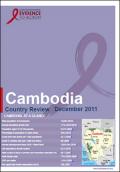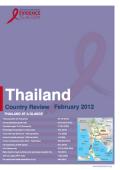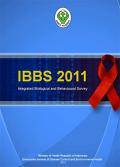Publications on Key Populations

Resource | Fact Sheets,
The Philippines is one of only seven countries with an increasing number of new HIV cases. Since the population of 94 million people is big, if the HIV prevalence reaches 1%, that will mean 940,000 Filipinos will be infected with HIV. The country cannot afford this predicament.

Resource | Publications,
The epidemiology of HIV infection in the Philippines has shifted dramatically in the last five years. A combination of increased risk behavior among young Filipinos, low levels of knowledge regarding HIV transmission and prevention, and underfunded HIV prevention and treatment programs may have led to a rapid rise in HIV incidence and prevalence.

Resource | Publications,
In collaboration with various community-based organisations, APN+ conducted a peer-led mixed method research project in six Asian countries to document the range of services available for MSM and transgender people living with HIV and to identify barriers to access and use of these services.

Resource | Reviews and Snapshots,
HIV was first detected in 1991 during serological screening of donated blood. Cambodia appears to be experiencing relative success in the fight against HIV. After peaking at approximately 3.3% in 1997-98, HIV prevalence among the adult population aged 15-49 years declined to 1.2% [0.85 - 1.6%] in 2001 and more recently estimated to be 0.5% [0.4-0.8%] in 2009.











